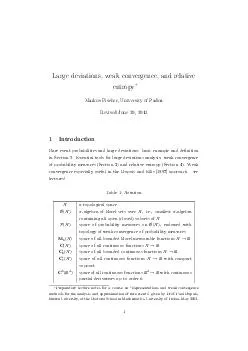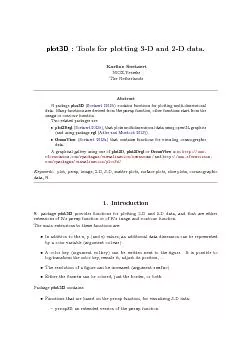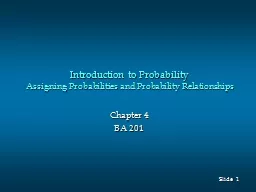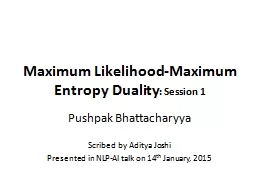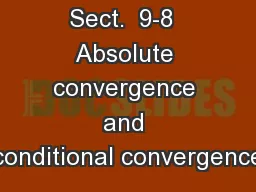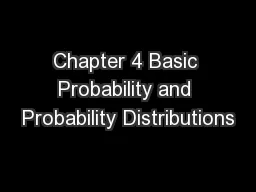PDF-Large deviations weak convergence and relative entropy Markus Fischer University of Padua
Author : natalia-silvester | Published Date : 2014-12-24
Essential tools for large deviations analysis weak convergence of probability measures Section 3 and relative entropy Section 4 Weak convergence especially useful
Presentation Embed Code
Download Presentation
Download Presentation The PPT/PDF document "Large deviations weak convergence and re..." is the property of its rightful owner. Permission is granted to download and print the materials on this website for personal, non-commercial use only, and to display it on your personal computer provided you do not modify the materials and that you retain all copyright notices contained in the materials. By downloading content from our website, you accept the terms of this agreement.
Large deviations weak convergence and relative entropy Markus Fischer University of Padua: Transcript
Download Rules Of Document
"Large deviations weak convergence and relative entropy Markus Fischer University of Padua"The content belongs to its owner. You may download and print it for personal use, without modification, and keep all copyright notices. By downloading, you agree to these terms.
Related Documents

